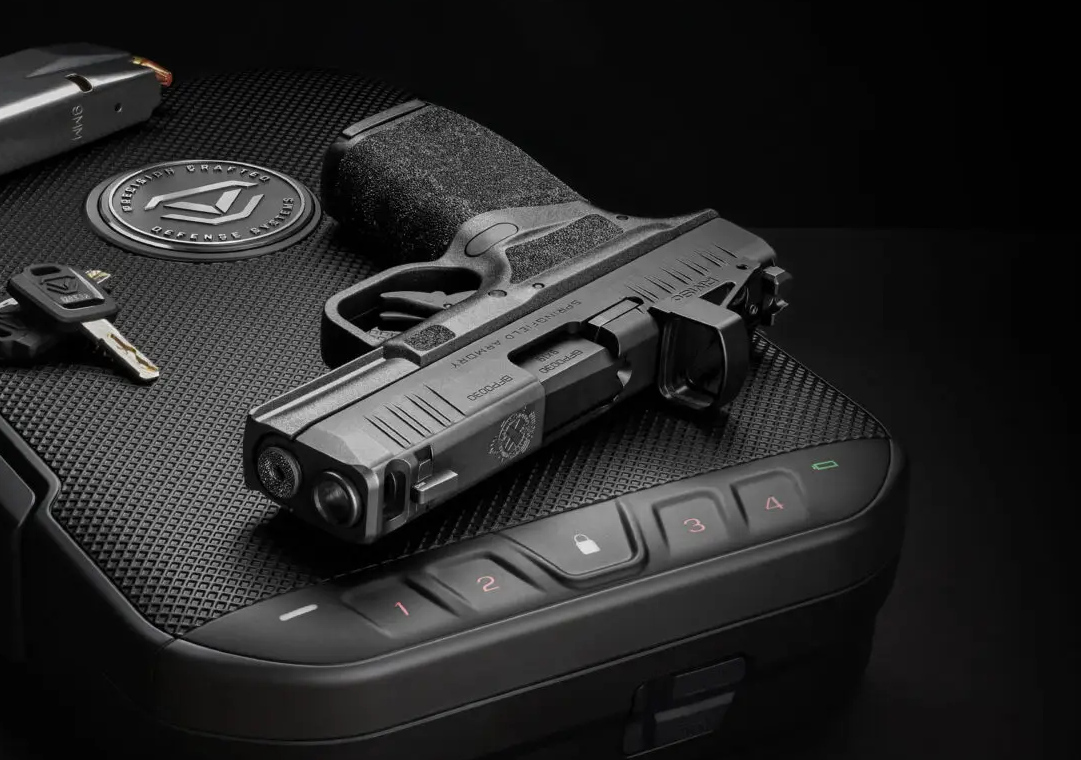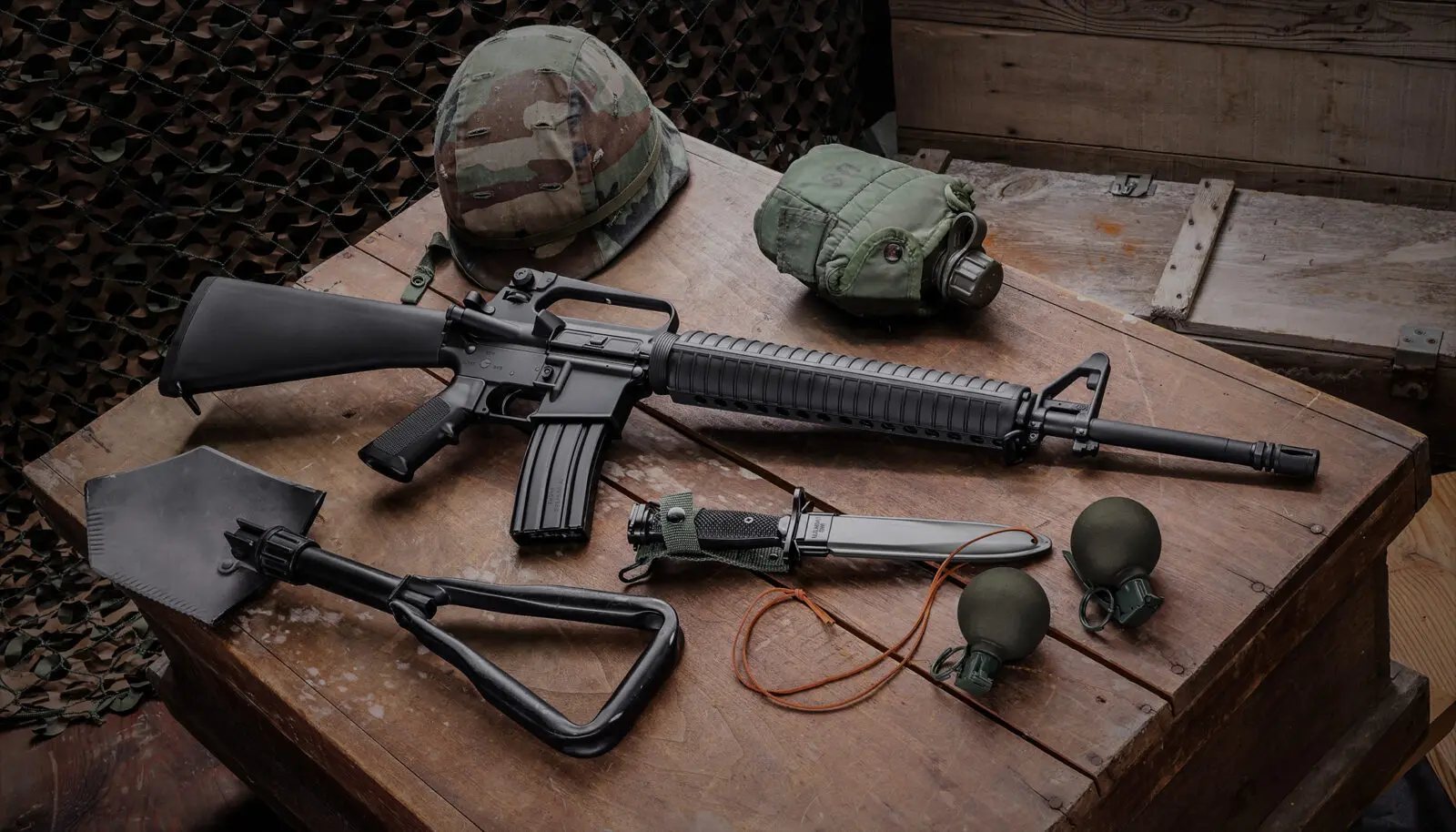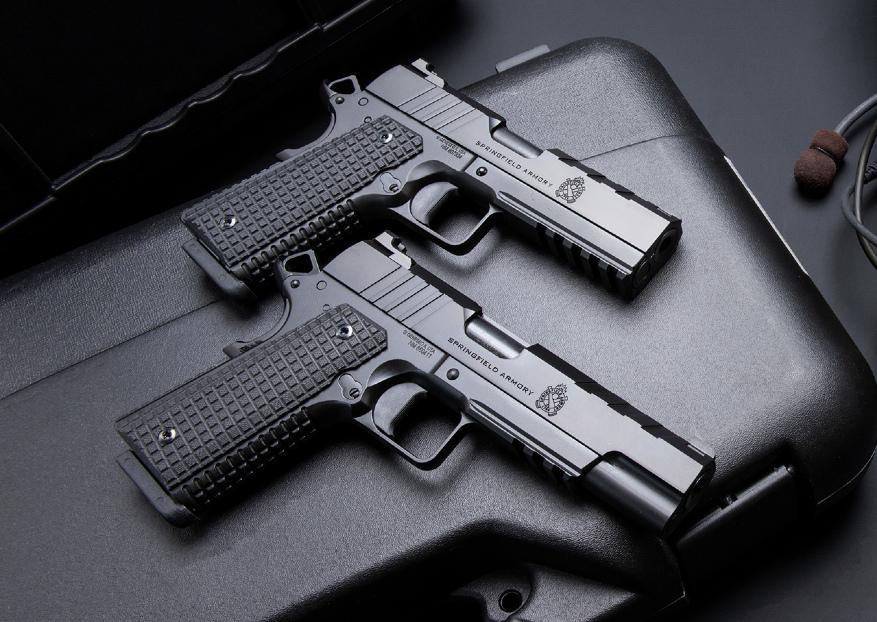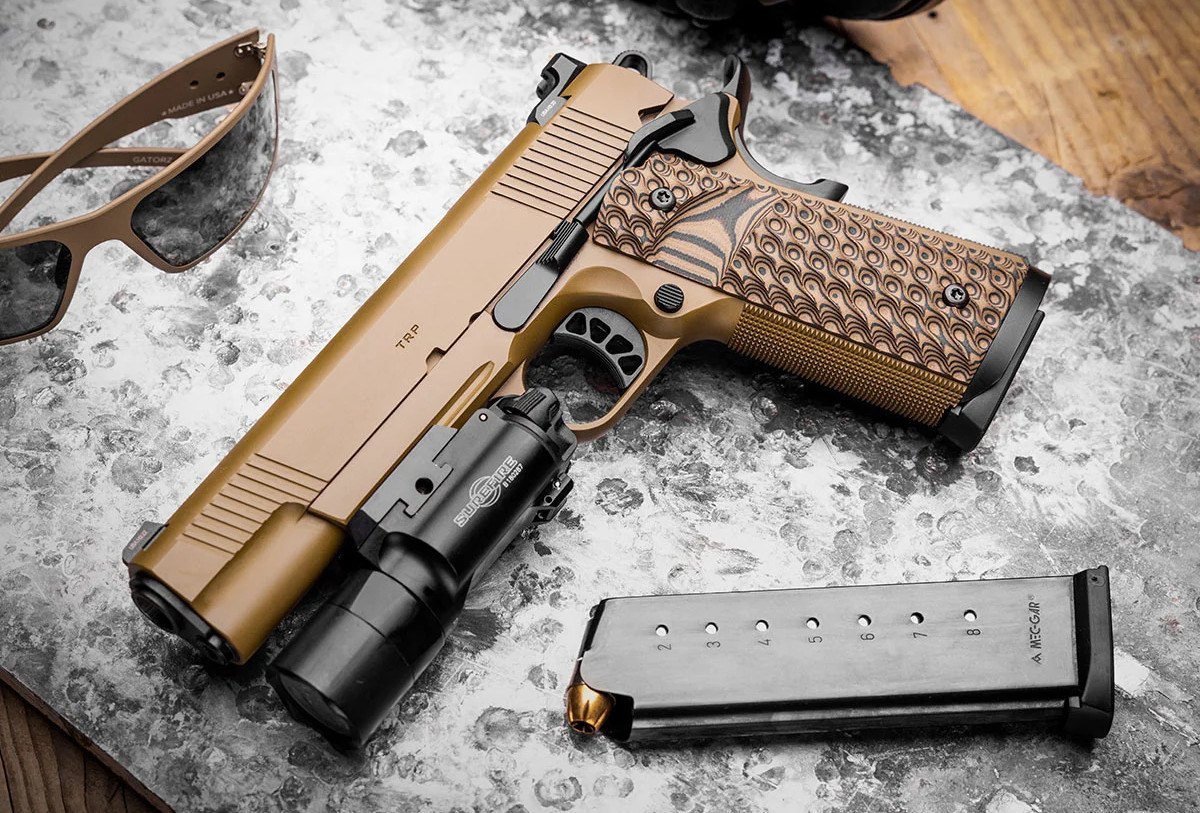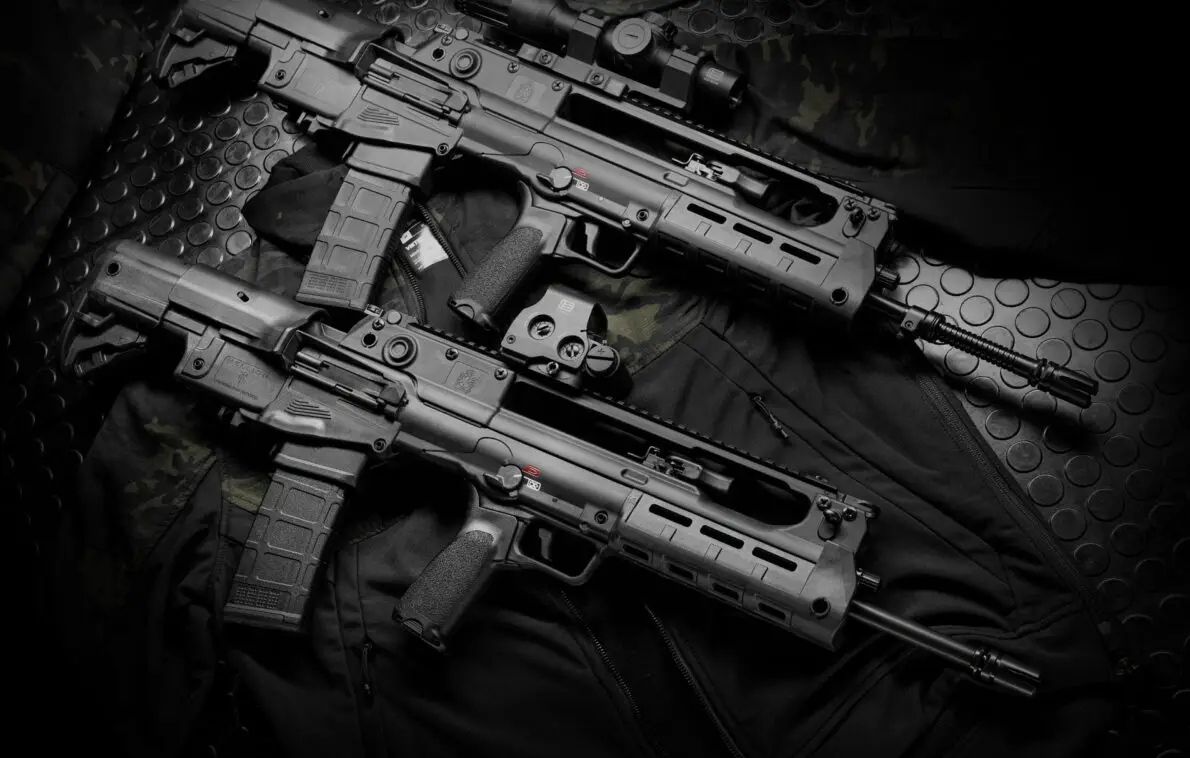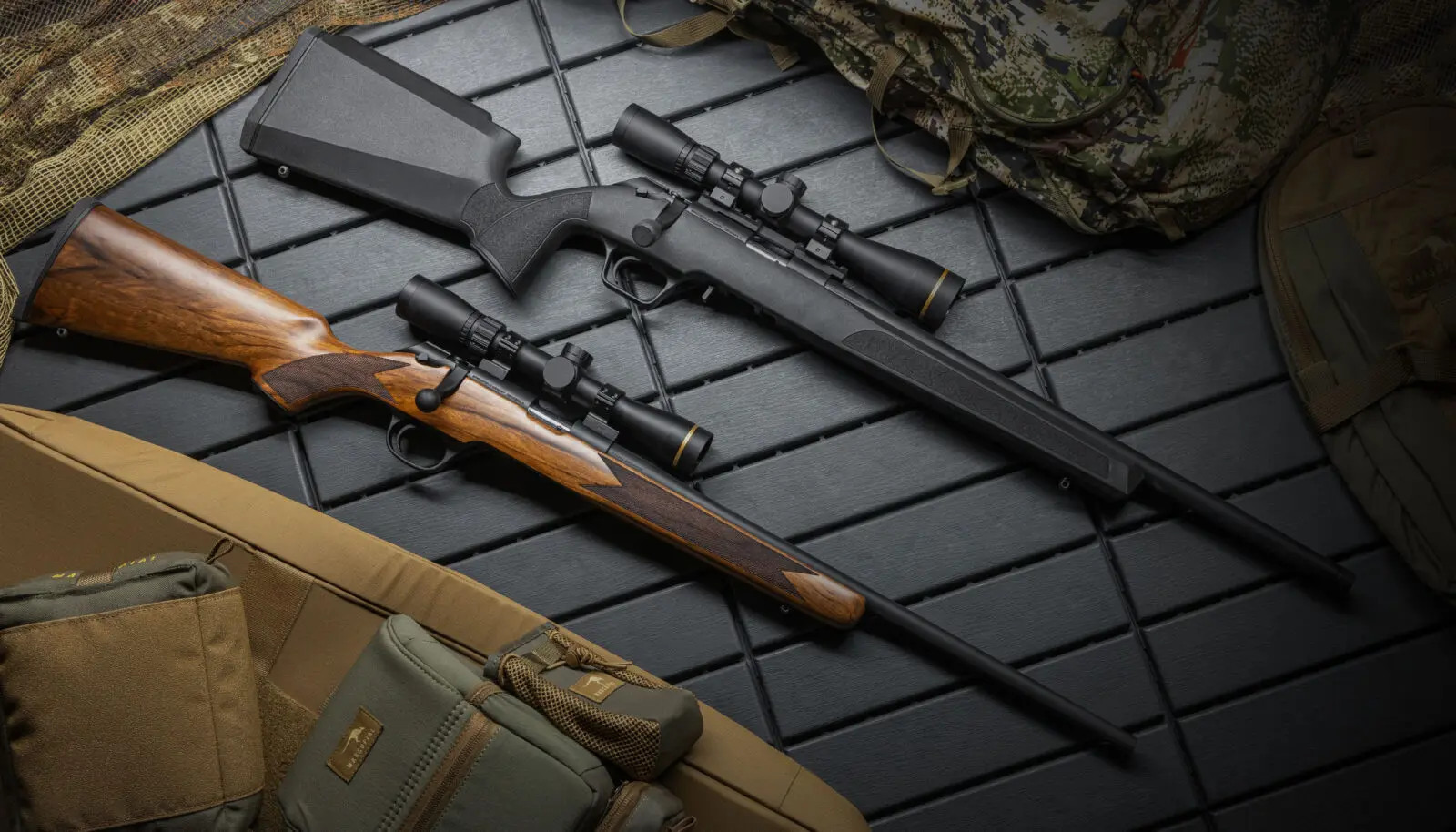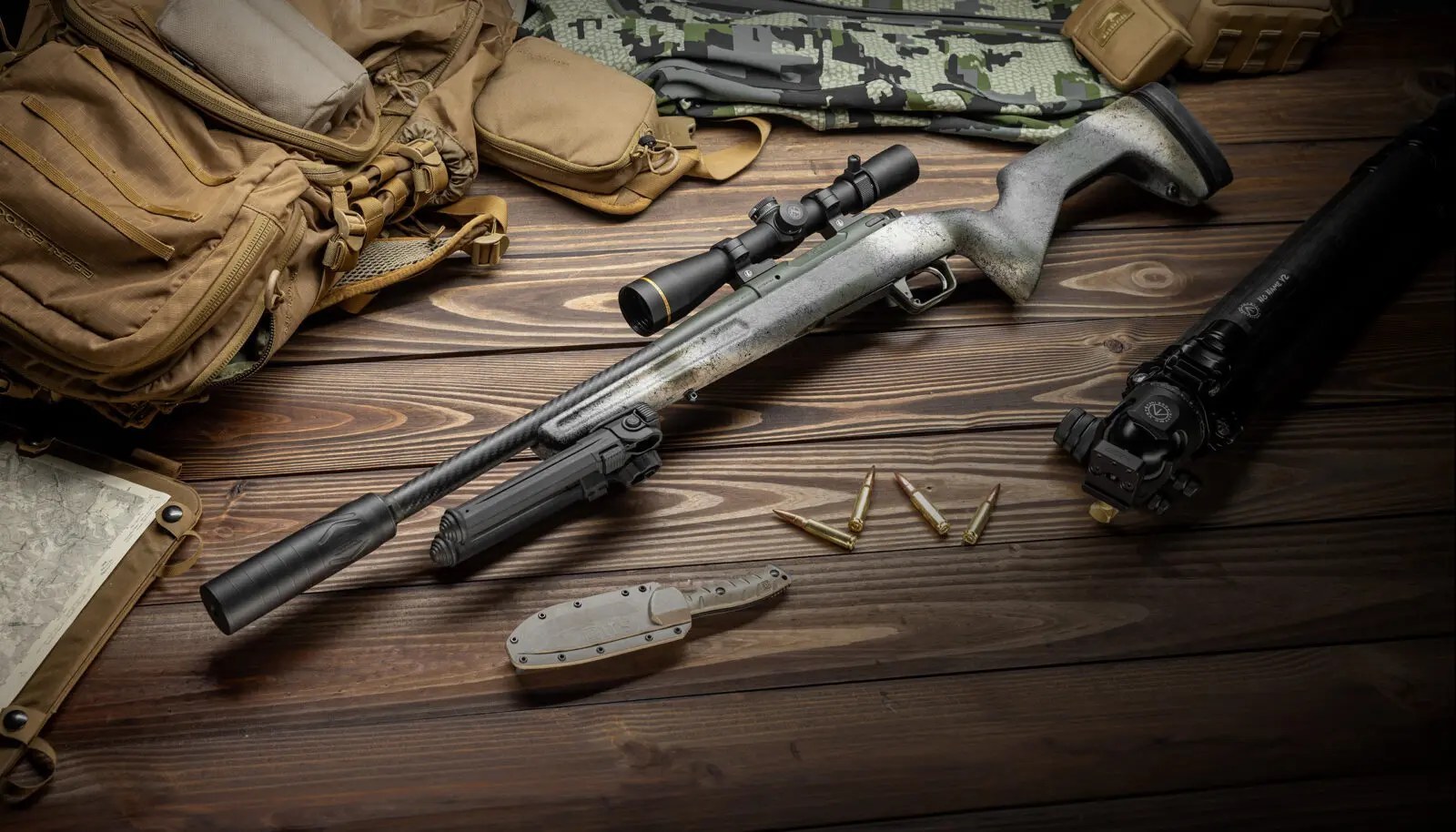Springfield Armory is the oldest gun manufacturer in the United States. Once established as a state-owned enterprise for arming the still young nation, the company has been privately owned since 1974. With a six-year hiatus, this year marks exactly 222 years in business. Older shooters in particular associate two classic firearms with this illustrious name. In the case of long guns, it is the former U.S. service rifle M14 or M1A in .308 Winchester, and in the case of handguns, the all-steel 1911 pistol. Today, however, the catalog is much broader, including the AR-15 Saint rifles, bolt action rifle, and the XD and Hellcat polymer pistols, which, as is well known, come from the Croatian manufacturer HS Produkt as does the Hellion bullpup self-loading rifle (aka VHS-2S).
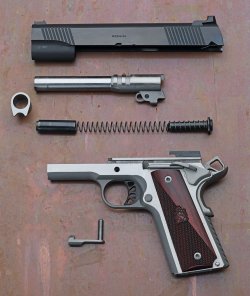
The Great One and the 1911 of Springfield Armory
The 1911 pistols from the traditional US company have been used for decades by probably one of the world's most famous pistol shooters, Rob Leatham, who has thus contributed to the success of Springfield Armory. His countless triumphs, which the veteran of dynamic pistol shooting has collected in disciplines such as IPSC, Steel Challenge or Bianchi Cup since the 1980s, would fill this article alone, which is why we won't even try. It is not for nothing that the now 62-year-old top shooter bears the nickname TGO (The Great One). Of course, the 1911 pistols from the prestigious Springfield Armory Custom Shop are top-notch, but at $3,500 and more, they have to be paid for. By the way, the 9x19 hi-cap Prodigy pistol is completely new in the standard catalog.
Ronin: the name meaning of the Springfield Armory 1911-A1
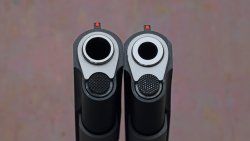
Ronin in Japanese means a masterless samurai or wandering person. Why the US manufacturer uses this name as a model designation for a 1911 remains unclear. What is clear, however, is that the frame and the slide of the all-steel pistol are forged like a samurai's wakizashi or katana. Given the U.S. low-budget price of $899 (excluding taxes), this is truly amazing. Our two test pistols were set up in 9mm Luger and .45 Auto; on the other side of the pond, they are also available in 10mm Auto. In addition, they also offer a Ronin Commander version with an alloy frame and 4.25"/108-mm barrel length – "concealed carry" says hello! At least personally, we liked the classic "Duo Tone" finish featuring a stainless steel frame with reddish-brown wooden grip panels and the black blued slide.
Considering the price, the features are spartan, so that one looks in vain for a double-sided thumb safety, a muzzle-length spring guide rod or a checkering on the front strap. But here, a piece of skateboard tape applied afterward already provides increased grip and control. In both calibers, the barrels have a 1-16" (1-406 mm) twist rate and are hammer forged, which is the cheapest method of barrel manufacture in large series production. The fact that the classics were not necessarily designed for sporting use is evident from the use of fixed sights, so that corrections can only be made by drifting the sight elements.
At least there is a cross-ribbed rear sight for reduced glare, and the front sight is fitted with a red fiber optic rod for faster target acquisition. The single-action triggers are also factory-standard hard-adjusted at around 2,000 grams (9x19) and 2,700 grams (.45 ACP). In terms of frame-slide fit, the 9mm version had more play than the .45 version. Unfortunately, the barrel fit also had to be compromised. On both guns, the barrel moved easily inside the bushing, and the barrel bushing itself could be moved about 0.2 mm from left to right.
On the range with the Springfield Armory 1911-A1 Ronin in 9mm Luger and .45 Auto.
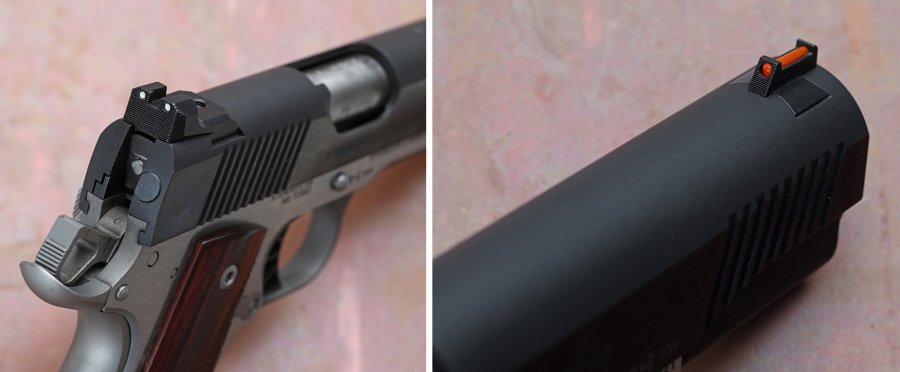
Unfortunately, the general shortage of ammunition and components has also left its mark on us, so we have to economize. Halving the number of shots per load would make it difficult to compare the results, so we have limited the number of ammunition types per gun to eight loads. With the 1911 Ronin in 9mm Luger, we achieved a top group of 1.65”/42 mm with the GECO 124-grain Hexagon. This was followed by our handload with the excellent Hornady 115-grain HAP bullet and a 1.89”/48-mm group. However, after this we already left the range of the 1.96”/50 mm mark. Because the groupings enlarged, the average being 2.63”/67 mm. Although having lower tolerances, we only achieved a best of 2.40”/61 mm with the Fiocchi 200-grain SWC-FMJ in .45. We shot a 2.63”/67-mm group with the WM Bullets factory cartridge with 200-grain SWC bullet. The average was 3.30”/84 mm. Both pistols cycled without malfunctions with around 400 rounds of the most varied cartridge shapes and the not exactly feed-friendly SWC bullets.
Springfield Armory Ronin specs and prices
| Manufacturer: | Springfield Armory |
| Model: | Ronin |
| Calibers: | 9 mm Luger (.45 Auto) |
| Magazine capacity: | 9 (8) rounds |
| Frane: | Steel |
| Slide: | Steel, blued |
| Barrel Length, Profile: | 5”/128 mm, 6x grooves |
| Rifling Groove/Land Diameter, Twist Rate: | 9.05-8.84 mm/1-16" (11.25-11.45 mm/1-16") |
| Rear Sight: | 3.2 mm notch with white, non-photoluminescent dot inserts |
| Front Sight: | 3.15 mm, with red fiber optic rod |
| Sight Radius: | 7.12”/181 mm |
| Safeties: | One-sided thumb safety on the frame, grip safety |
| Trigger Action, Weight/Span*: | SA: mean 1,985 g/115 g (2,706 g/335 g). |
| Lock Time: | No measurement |
| Weight (incl. Magazine) | 1,130 g (1,102 g) |
| Dimensions (LxWxH): | 217x34x147 mm |
| Price (RRP in Germany): | 1,490 euro |
Springfield Armory 1911 Ronin: wrapping up
The Springfield Armory 1911 Ronin pistol can also be used for sporting purposes, at least in 9 mm Luger with selected ammunition, although the fixed sights are a shortcoming with the exception of IPSC. The price of 1,490 euros for an all-steel pistol with forged main components is acceptable.
What we liked: | What we liked less: |
| - In 9mm also suitable for sport use - Good price/performance ratio | - Fixed sights a shortcoming for IPSC |



